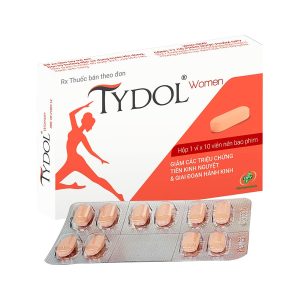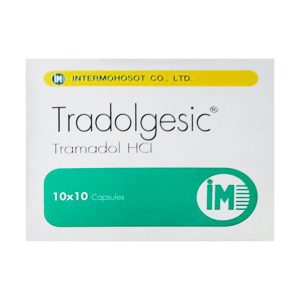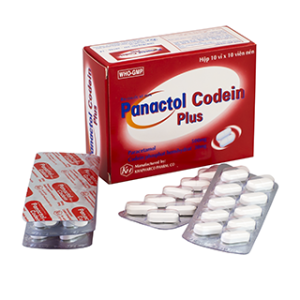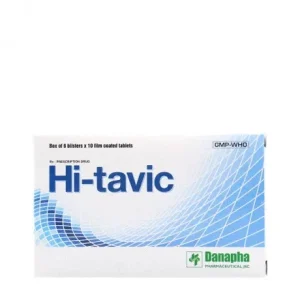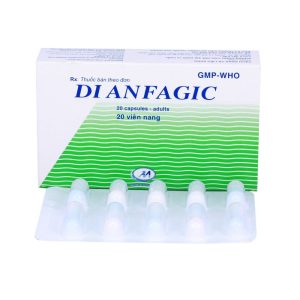We deliver to you every day from 7:00 to 23:00
The best discounts this week
Every week you can find the best discounts here.
OTC Back Pain Medications: The Best Options for Relief
Back pain can be a real disruptor to daily life, affecting your ability to work, move, or even sleep comfortably. Whether it’s a mild ache, a sharp shooting pain, or a chronic issue, over-the-counter (OTC) back pain medications can be an effective solution to help manage and reduce discomfort. In this article, we’ll explore the best OTC options for back pain relief, how they work, and the benefits and risks associated with each.
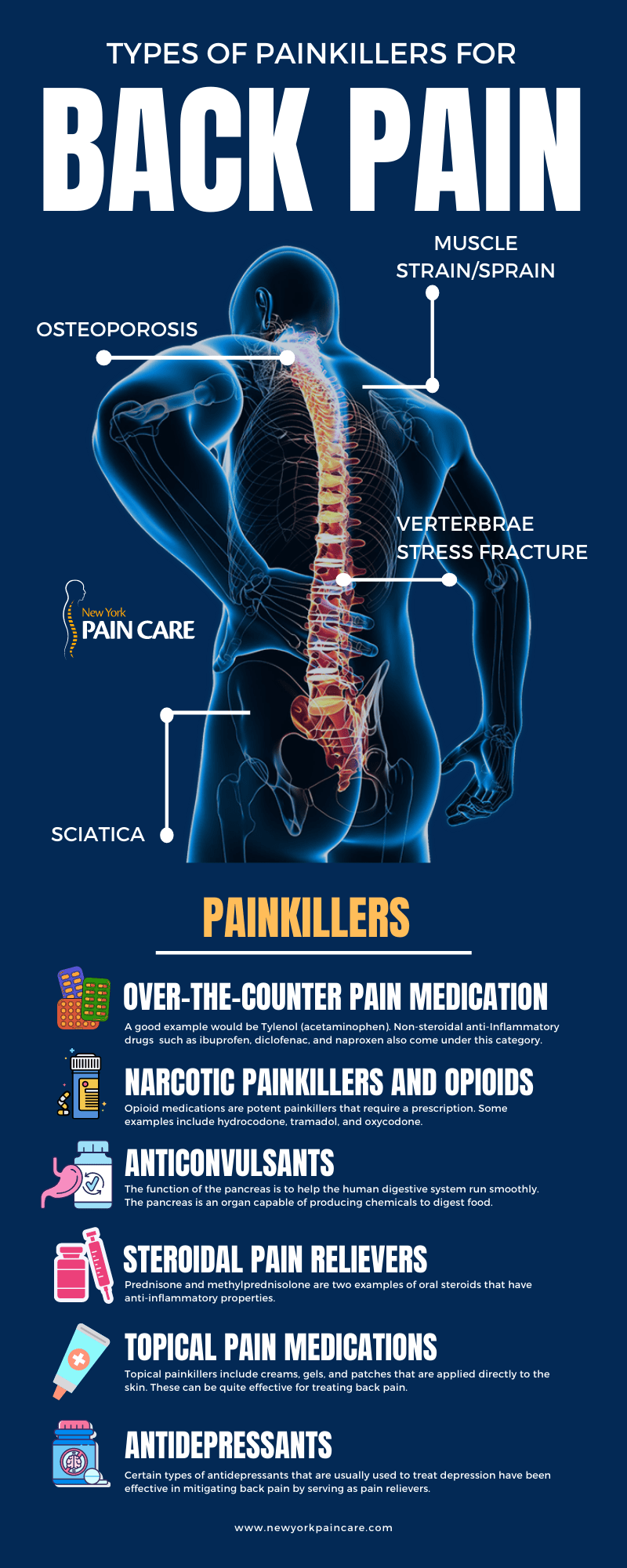
Understanding OTC Back Pain Medications
OTC back pain medications are accessible without a prescription and are typically used for short-term relief of pain, including back pain caused by muscle strains, sprains, or inflammation. These medications can be found in various forms such as pills, gels, creams, and patches, and each has its own mechanism of action.
The most common OTC medications used for back pain include nonsteroidal anti-inflammatory drugs (NSAIDs), acetaminophen, and topical treatments like creams and patches. Let’s break down the different types and how they can help with your back pain.
Types of OTC Back Pain Medications
There are several types of OTC medications to choose from, depending on the severity of your back pain and its underlying cause.
1. NSAIDs (Nonsteroidal Anti-Inflammatory Drugs)
NSAIDs like ibuprofen (Advil, Motrin), naproxen (Aleve), and aspirin are often the go-to option for managing back pain. These medications reduce inflammation, which can be a major contributor to pain, while also providing analgesic effects to relieve pain.
-
Benefits: Effective for inflammation-related pain, commonly used for conditions like muscle strains, herniated discs, and sciatica.
-
Considerations: Prolonged use may cause stomach irritation or increase the risk of cardiovascular issues, so it’s important to follow dosage instructions carefully.
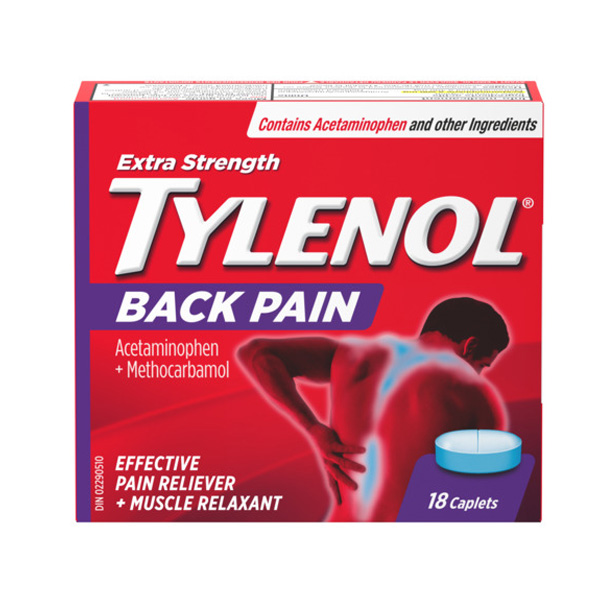
2. Acetaminophen (Tylenol)
Acetaminophen is another common option for managing back pain. Unlike NSAIDs, acetaminophen works by altering the way your brain processes pain signals, but it doesn’t reduce inflammation.
-
Benefits: Ideal for mild to moderate back pain, especially if you have sensitivities to NSAIDs or are looking for a safer long-term option.
-
Considerations: Overuse can lead to liver damage, so it’s crucial to avoid exceeding the recommended dosage.
3. Topical Pain Relief (Creams, Gels, and Patches)
Topical pain relievers, like Biofreeze, Icy Hot, or Tiger Balm, provide a localized form of pain relief. These products typically contain ingredients like menthol, camphor, or capsaicin, which work to soothe pain and improve blood flow in the affected area.
-
Benefits: Quick-acting, easy to apply, and ideal for temporary relief of mild to moderate back pain.
-
Considerations: Some people may experience skin irritation from the active ingredients, so it’s best to test on a small patch of skin before full application.
4. Muscle Relaxants (OTC)
While muscle relaxants are typically prescription medications, some over-the-counter versions, like magnesium-based or valerian root supplements, can help ease muscle spasms associated with back pain.
-
Benefits: Helpful for tension and spasms that occur as a result of muscle strain or overexertion.
-
Considerations: OTC muscle relaxants may not be as effective as prescription versions, and they can cause drowsiness.
Benefits of Using OTC Back Pain Medications
Using OTC back pain medications offers a variety of advantages:
-
Accessibility: These medications are widely available at pharmacies and online, making it easy to access pain relief.
-
Convenience: Many OTC options, such as creams or patches, can be applied directly to the affected area, providing localized relief.
-
Affordability: OTC medications are typically more affordable than prescription options, which can make them an attractive first choice for managing pain.
When to Use OTC Back Pain Medications
OTC back pain medications are great for mild to moderate pain and can help manage discomfort while you recover from an injury or flare-up. They are also beneficial for temporary relief during periods of increased back pain, such as after physical activity or long periods of sitting or standing.
However, if your pain is severe, persistent, or associated with underlying conditions like herniated discs, sciatica, or arthritis, it’s important to seek medical advice. OTC medications can provide temporary relief, but they may not address the root cause of the pain.

How to Safely Use OTC Back Pain Medications
While OTC pain relievers are generally safe, it’s important to use them correctly to avoid potential side effects or complications. Here are some tips for safe use:
-
Follow the Instructions: Always follow the recommended dosage and guidelines on the product label.
-
Avoid Combining Medications: Don’t combine different types of pain medications, such as NSAIDs with acetaminophen, without consulting a healthcare provider.
-
Monitor for Side Effects: Be aware of potential side effects, like stomach upset or dizziness, and discontinue use if you experience any severe reactions.
Side Effects of OTC Back Pain Medications
Though generally safe, OTC back pain medications can cause side effects in some individuals. Common side effects include:
-
Stomach irritation (NSAIDs)
-
Drowsiness (muscle relaxants)
-
Skin irritation (topical creams)
-
Liver damage (acetaminophen with overuse)
If you notice any of these symptoms, or if the medication doesn’t seem to be helping, it’s important to stop using it and consult with a healthcare professional.
FAQs About OTC Back Pain Medications
1. Can I use OTC pain relievers for chronic back pain?
Yes, OTC pain relievers can help manage chronic back pain, but they should be used as part of a broader pain management plan. Chronic pain may require additional treatments such as physical therapy or prescription medications.
2. How long can I use OTC pain relievers for back pain?
OTC pain relievers are typically safe for short-term use (a few days to a week). If your back pain persists longer than this, consult a doctor to evaluate the underlying cause.
3. Are there natural alternatives to OTC medications for back pain?
Yes, alternatives like heat therapy, cold compresses, yoga, and massage can help relieve back pain. Herbal supplements like turmeric or ginger may also provide anti-inflammatory benefits.
4. Can I take OTC pain relievers with other medications?
It’s important to check with your healthcare provider before combining OTC pain relievers with other medications, especially if you’re on prescriptions for blood pressure, heart conditions, or liver issues.
Conclusion
OTC back pain medications offer a quick and effective solution for managing mild to moderate back pain. From NSAIDs and acetaminophen to topical creams and muscle relaxants, there are plenty of options to choose from depending on your specific needs. By understanding the different types of medications and their benefits, you can find the right solution to help you manage your back pain and get back to enjoying your day-to-day activities. Always remember to use these medications as directed and consult with a healthcare provider if your pain persists or worsens.


